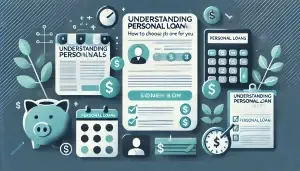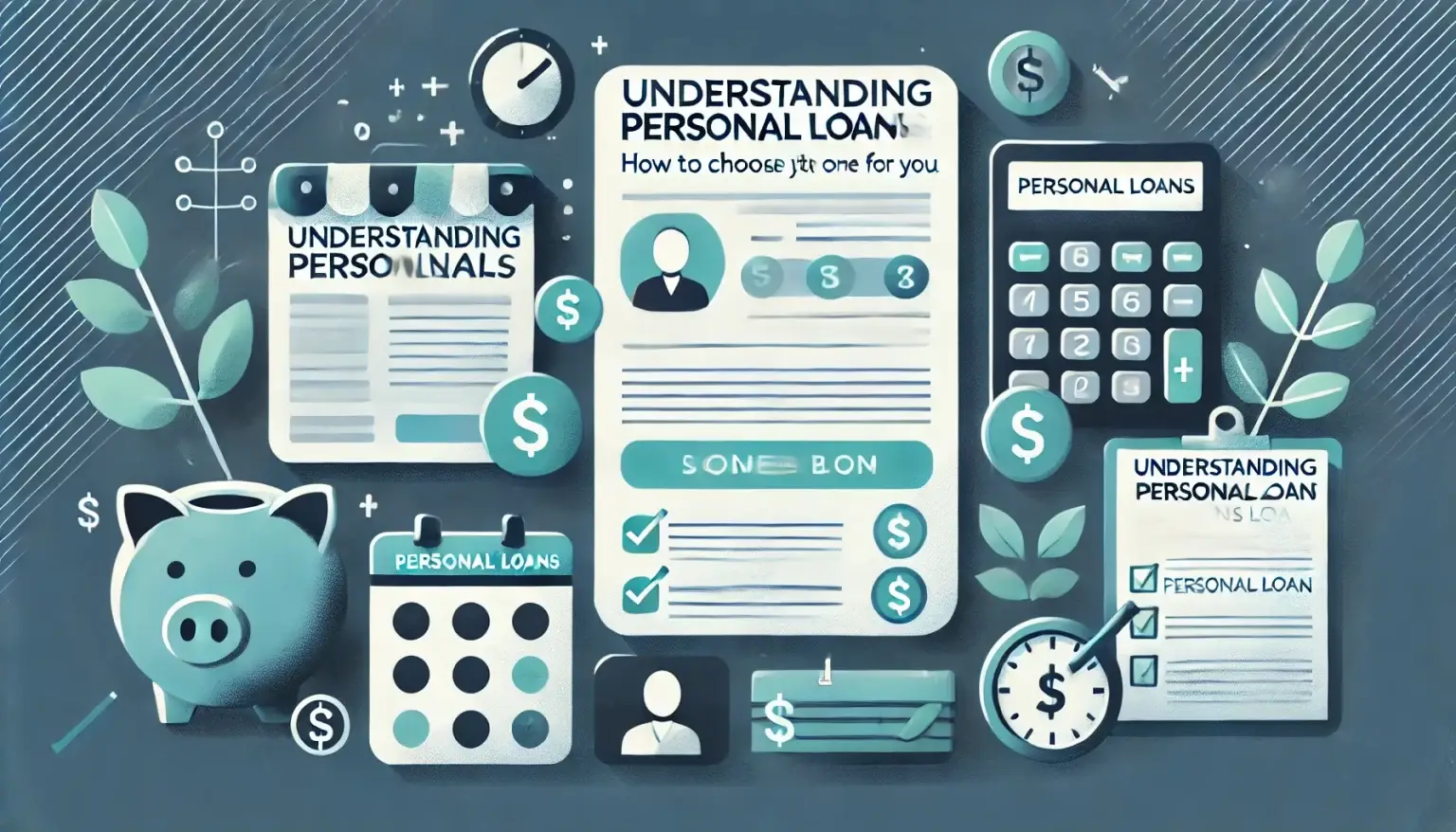Personal loans can be a great financial tool when used wisely, offering the flexibility to cover various expenses such as home improvements, debt consolidation, medical bills, or unexpected emergencies. However, with numerous lenders and loan options available, choosing the right personal loan can be overwhelming. This guide will help you understand personal loans, their benefits, and how to select the best one for your financial needs.
1. What is a Personal Loan?
A personal loan is a type of unsecured loan that provides a lump sum of money, which you repay in fixed monthly installments over a set period, typically ranging from one to seven years. Unlike secured loans, personal loans do not require collateral, which means they are based solely on your creditworthiness and ability to repay.
2. Types of Personal Loans
There are several types of personal loans available, each designed to meet different financial needs:
• Fixed-Rate Loans: These loans have a fixed interest rate and monthly payment, making it easier to budget over the life of the loan.
• Variable-Rate Loans: The interest rate on these loans can fluctuate based on market conditions, potentially affecting your monthly payments.
• Debt Consolidation Loans: Specifically designed to pay off multiple debts, these loans combine your debts into one payment, often at a lower interest rate.
• Co-Signed Loans: These require a co-signer with good credit to help you qualify for a better interest rate or higher loan amount.
3. Benefits of Personal Loans
Personal loans offer several advantages, including:
• Flexibility: Use the funds for almost any purpose, such as consolidating high-interest debt, financing a large purchase, or covering unexpected expenses.
• Fixed Payments: Fixed-rate personal loans provide predictable monthly payments, making budgeting easier.
• No Collateral Required: As an unsecured loan, you don’t need to put your assets at risk.
• Potential to Improve Credit: Making consistent, on-time payments can positively impact your credit score.
4. How to Choose the Right Personal Loan
Choosing the right personal loan involves comparing multiple factors to find the one that best fits your financial situation:
Step 1: Assess Your Needs and Budget
Before applying for a loan, determine how much money you need and what you can afford to repay each month. Consider your current income, expenses, and other debts to ensure the loan fits comfortably into your budget.
Step 2: Check Your Credit Score
Your credit score plays a significant role in the interest rate and terms you’ll be offered. Check your credit report for accuracy and take steps to improve your score if necessary. A higher credit score can help you qualify for lower rates and better loan terms.
Step 3: Compare Lenders
Different lenders offer varying interest rates, fees, and terms. Compare offers from banks, credit unions, online lenders, and peer-to-peer lending platforms. Pay attention to the following:
• Interest Rates: Look for the lowest possible rate to minimize the total cost of the loan.
• Fees: Check for any origination fees, prepayment penalties, or other charges that could increase the loan’s cost.
• Repayment Terms: Choose a term length that provides affordable monthly payments without extending the loan longer than necessary.
Step 4: Evaluate the Total Cost
Beyond the monthly payment, consider the total cost of the loan over its lifetime. Use a loan calculator to estimate the total amount you’ll pay, including interest and fees.
Step 5: Read the Fine Print
Carefully review the loan agreement, paying attention to terms and conditions such as late payment fees, automatic withdrawals, and what happens if you miss a payment. Understanding these details can help you avoid surprises down the road.
5. Red Flags to Watch Out For
When shopping for a personal loan, be aware of potential red flags that could indicate a less-than-reputable lender:
• No Credit Check Offers: Legitimate lenders typically conduct a credit check. Be cautious of lenders who promise approval without reviewing your credit.
• High Upfront Fees: While some fees are standard, excessive upfront costs could be a sign of a scam.
• Pressure to Act Quickly: If a lender pressures you to sign immediately or without fully understanding the terms, take a step back.
6. The Application Process
Applying for a personal loan generally involves the following steps:
1. Pre-Qualification: Many lenders offer pre-qualification, which allows you to see your potential rates and terms without affecting your credit score.
2. Submit an Application: Complete the lender’s application, providing personal information, employment details, income, and the desired loan amount.
3. Provide Documentation: Be prepared to submit documents such as pay stubs, tax returns, and proof of identity.
4. Approval and Funding: If approved, review the loan agreement and, if everything looks good, sign the contract. Funds are typically deposited into your bank account within a few days.
Conclusion
Choosing the right personal loan can provide the financial flexibility you need while keeping costs manageable. By assessing your needs, checking your credit, and comparing lenders, you can find a loan that suits your situation and helps you achieve your financial goals. Remember to read the fine print and stay alert for potential red flags. With careful planning and consideration, a personal loan can be a valuable tool in your financial toolkit.



